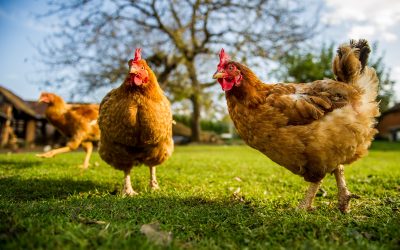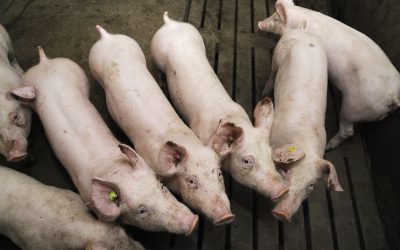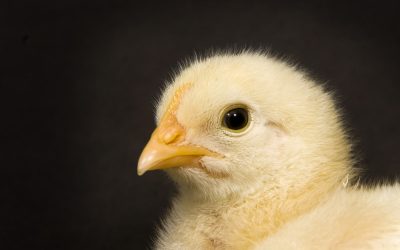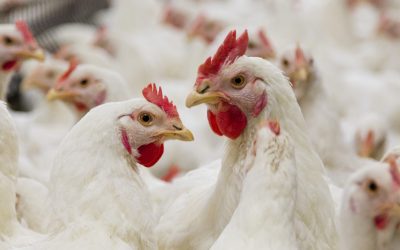Fumonisins: An extremely dangerous and underestimated threat
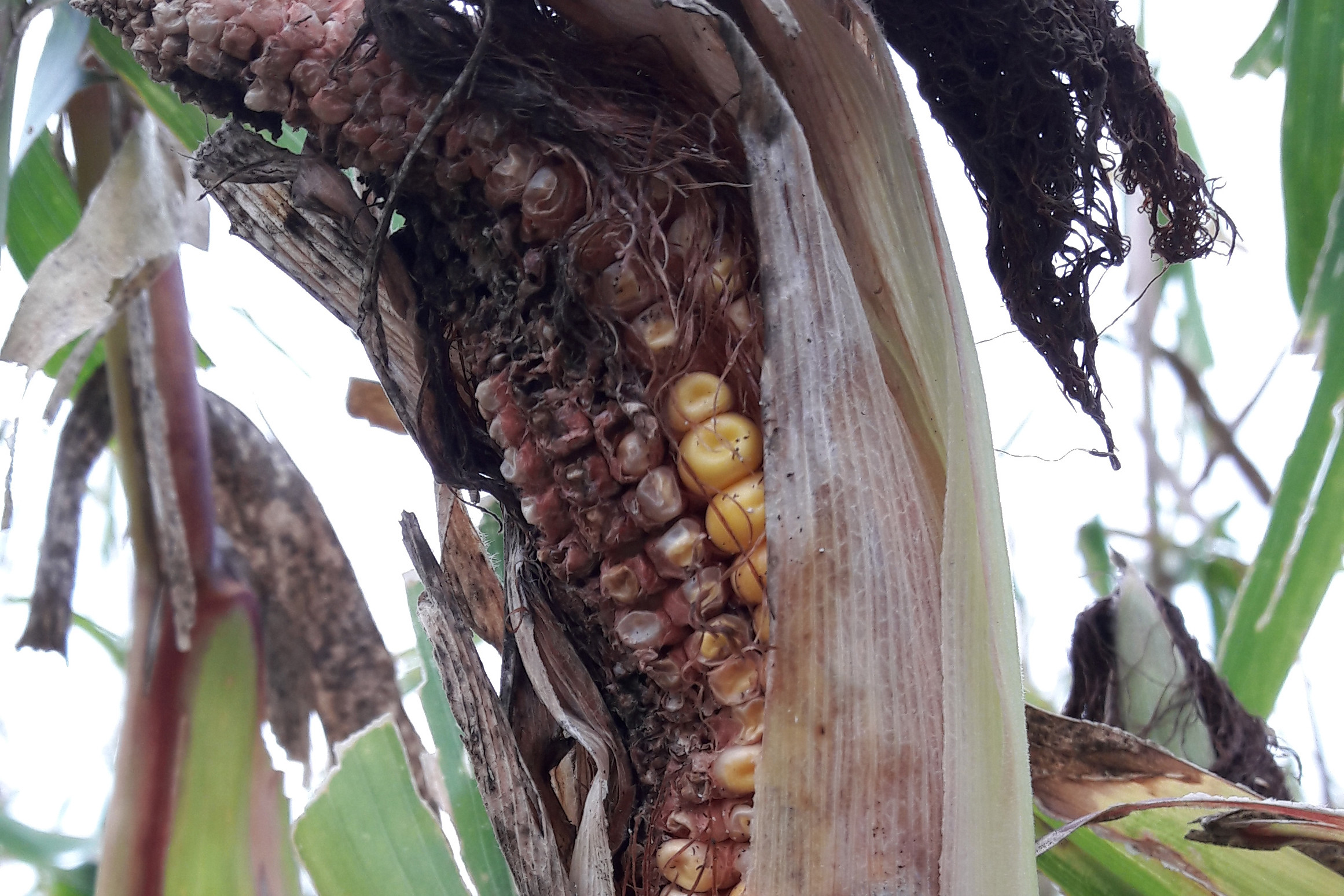
Fumonisins are mycotoxins produced by several Fusarium species, especially Fusarium verticillioides and F. proliferatum – they can be found in animal feeds and corn based human foods all over the world. Fumonisins cause pulmonary oedema and cardiovascular changes in pigs. The first reported fumonisins poisoning outbreak in pigs occurred in 1981. In 1989, thousands of pigs in south-eastern parts of the United States died from pulmonary oedema after ingesting corn contaminated by fumonisins.
Fumonisin toxicosis in swine is characterised by injury to the pulmonary, hepatic, cardiovascular, and immune systems in addition to disruption of the sphingolipid metabolism and negative effects on growth rate and carcass composition.
Fumonisins inhibit production of ceramide synthase, an enzyme of critical importance in sphingolipid biosynthesis, increasing the concentration of sphingoid bases (sphinganine and sphingosine) and depleting complex sphingolipids. Accumulation of sphinganine and consequently sphingosine in tissues seems to be the primary mode of action of fumonisins toxicity. Blood serum concentrations of sphingoid bases (Sa/So) could be used as a sensitive biomarker for fumonisins exposure.
Fumonisin B1 causes decreased cardiovascular reserve in pigs. Decreased cardiac contractility would appear responsible for increasing pulmonary capillary pressure and subsequently leading to pulmonary oedema.
Invisible threat
Of greater economic concern in swine are the low-dose effects of fumonisins, which include subclinical disease; altered carcass quality; adverse immune effects with potential predisposition to infectious diseases; and potential interactions with other toxins and diseases.
Exposure to Fumonisins can suppress the function of nonspecific immunity in pigs. Decreased ability of pulmonary intravascular macrophages to remove bacteria from the circulation and of alveolar macrophages to remove bacteria inhaled into the lung could predispose pigs to infectious diseases, both pulmonary and systemic. It is widely acknowledged that feeding swine with fumonisins contaminated feed may significantly increase the risk of infectious diseases such as Pseudomonas aeruginosa or Salmonella typhimurium.
From science to practice
The objective of the experiment was to evaluate the efficacy of Unike Plus in diminishing the toxic effects of fumonisins (FUM) added to piglet diets. Pigs were randomly divided into 4 treatments each with 6 replicates and 24 pigs per replicate. The experiment lasted for 42 days. A negative control group of piglets received a diet without fumonisins contamination and without the supplement. The positive control group received the same feed as the negative control group supplemented with 5 kg/ton of Unike Plus. The third group of piglets received a diet contaminated with 50 mg/kg fumonisins. The forth group received a diet contaminated with fumonisins (50 mg/kg) and 5 kg/ton of the supplement.
Evaluated parameters were: average daily weight gain; final body weight; feed conversion rate (FCR) and blood sphinganine/sphingosine ratio (SA/SO). A negative effect of fumonisins was observed in the daily weight gain of the pigs that received the contaminated diet. The addition of the product significantly improved average daily weight gain when compared with animals offered the diet contaminated with fumonisins (Table 1). Animals consuming diets contaminated with fumonisins had a lower final body weight and poorer FCR. Diets contaminated with fumonisins did not have any significant influence on blood Sa/So values which was unexpected.
Conclusion
Feeding contaminated diets to piglets resulted in a reduction of average daily weight gain (-10.9%), final body weight: (-6.5%) and feed efficiency (FCR + 5.5%). The addition of Unike Plus reduced the negative impact of the toxic effects of fumonisins present in the contaminated feed. By not underestimating the negative effects of mycotoxins in livestock we might significantly improve animal health, leading to additional profit from increased animal performance.
By Radka Borutova, Nutriad International, Belgium



